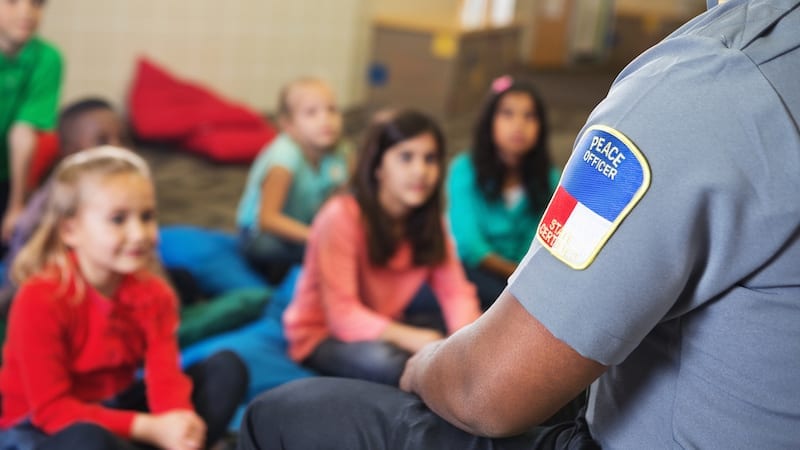In today’s world, the presence of school resource officers (SROs) on campuses has become increasingly important for ensuring student safety. However, their role goes beyond mere security – they also foster positive relationships with students to create a safe and supportive learning environment. This article explores several ways for SROs to build strong relationships with students.
1. Be approachable and friendly: A welcoming demeanor can disarm students and encourage them to see their SRO as an ally rather than a threat. By maintaining a positive presence, the officer can serve as a safe adult figure whom students feel comfortable approaching during challenging situations.
2. Engage in community outreach initiatives: Active participation in school and community events enables SROs to connect with students outside of their law enforcement role. Attend PTA meetings, career days, sporting events, and other student functions to establish rapport with both students and their families.
3. Be visible and available: Regularly patrolling the campus makes it easier for students to locate and interact with the SRO. Set up your office in a high-traffic area like the cafeteria or common areas, ensuring that you are easily accessible to start conversations with students.
4. Participate in school activities: By joining clubs, coaching sports teams, or volunteering as a mentor or tutor, SROs can connect with students through shared interests and passions. Students will see officers as humans who also care about their hobbies and academic success.
5. Focus on proactive, positive interactions: Periodically check in on students and engage them in casual conversations about their day. Ask about their hobbies, academic interests, future plans, or even recent achievements without any underlying agenda or goal beyond simply getting to know them better.
6. Offer educational programs: Take advantage of opportunities to use your professional expertise for educational purposes. Teach workshops on topics like internet safety, drug prevention or current social issues, demonstrating your willingness to be a resource and educate your students beyond their daily curriculum.
7. Demonstrate cultural sensitivity: Familiarize yourself with the diverse backgrounds and experiences of your school’s student population. Attend cultural events, learn basic phrases in the languages spoken by your students, and seek out resources to cultivate an inclusive environment.
8. Encourage mutual respect: Model respectful behavior and develop standards for resolving conflicts through peaceful communication. By emphasizing respect and empathy, both SROs and students can work together to create a safe and harmonious campus environment.
9. Prioritize open communication with school staff: Work closely with teachers, counselors, administrators, and other school personnel to address student issues collaboratively. Shared knowledge allows for coordinated intervention efforts that better serve the welfare of students.
10. Seek continuous improvement: Participate in professional development opportunities like cultural competency training or youth mental health courses to stay informed on best practices and develop skills that benefit both officers and students.
In conclusion, building relationships between SROs and students is essential for creating a safe and positive school environment. By focusing on approachability, engagement, visibility, mutual respect, and ongoing education, SROs can gain the trust of students while nurturing an atmosphere that promotes safety and learning for all members of the school community.





